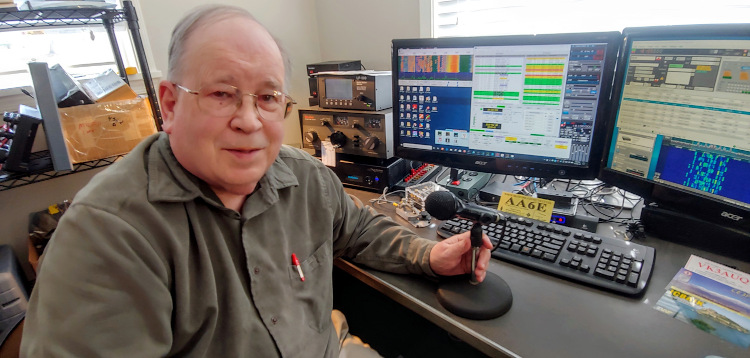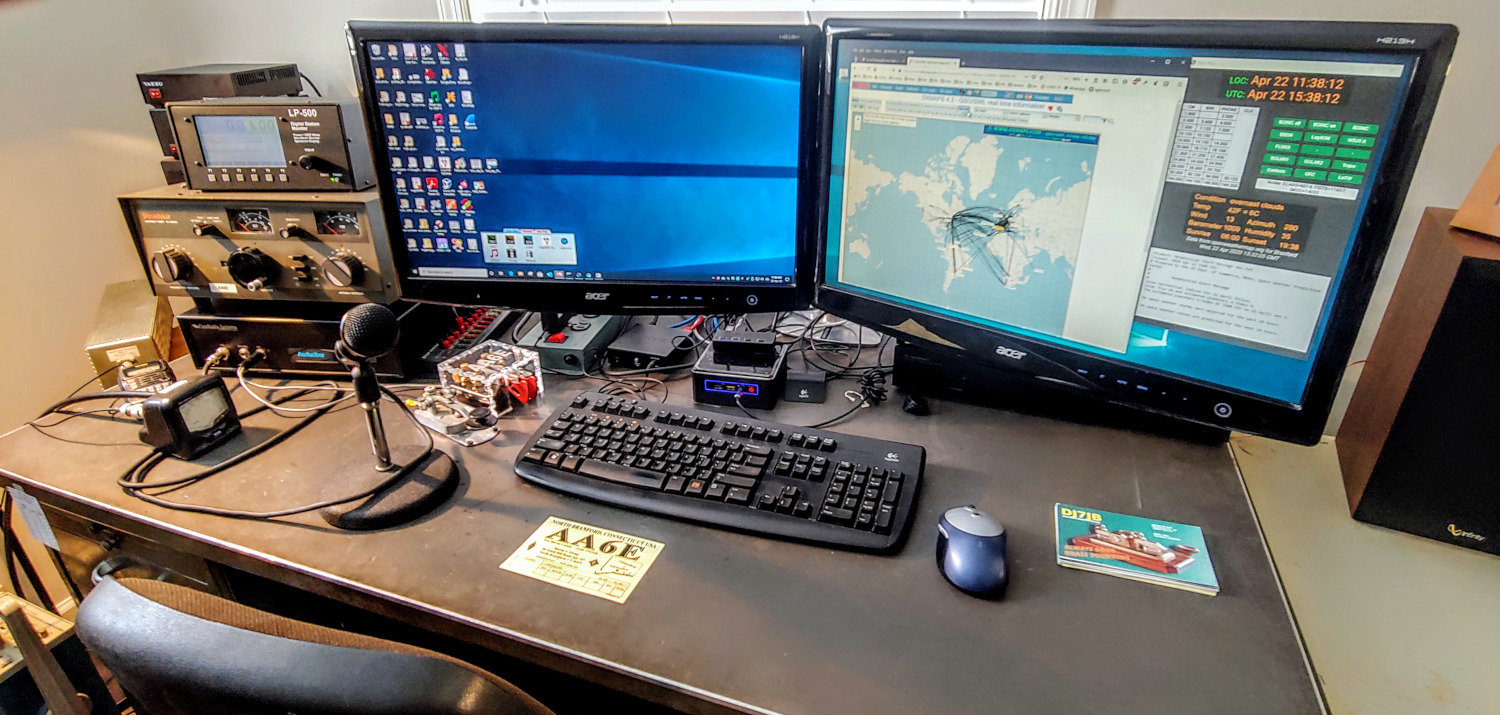Welcome!

Hello and welcome to the AA6E web site. It's mainly about amateur radio and our recent setup at the Evergreen Woods community here in North Branford, Connecticut.
What is "AA6E"?
AA6E is an amateur radio station callsign, assigned by the U.S. Federal Communications Commission. "AA" is one of the prefixes assigned to every licensed radio (and television) station. You are probably more familiar with other U.S. prefixes, such as "W" or "K".
The numeral "6" indicates the FCC district -- in this case, California, where I originally got my license. (A native Connecticut license would have a "1", meaning New England.)
An FCC amateur radio ("ham") license nowadays requires a formal application and passing a written examination covering a certain level of electronics and radio theory along with knowledge of relevant government regulations. Up to 2007, hams also had to pass a Morse code test, but that is no longer required.
For more details on ham radio, check What is Ham Radio?
AA6E back on the air!
Today (17 Nov 2019), we were able to put AA6E through some preliminary on-air tests. On the 80 meter band, we ran tests that showed our 5 Watt signals were getting at least to Switzerland. See blog article.
AA6E in transition
After nearly 20 years at Johnson's Point (Branford, CT), Eva and I have made a big move -- to Evergreen Woods, a continuing care retirement community (CCRC) in North Branford. It's only about 8 miles from Johnson's Point, but it should be a lot more in tune with our "senior" lifestyle.
We are enjoying the new location, but continuing with Amateur Radio is a challenge. The problems include substantial downsizing (shedding unneeded books, knick-knacks, etc.), apartment-style living (many closer neighbors with RFI possibilities), and limited options for antenna systems. Fortunately, the EW management are interested in supporting Amateur Radio, and there are other hams and former hams who might join in new ham activities. We are now exploring roof-top wire antenna possibilities.
As you see elsewhere in this site (Senior Living for Hams), we've been researching how other hams manage to continue in senior living arrangments, particularly CCRCs. The picture is surprisingly positive. I would welcome any new connections or news items!
Senior Living for Hams
[See our big list: Ham Radio and Senior Friendly Community Links.]
There are some 750,000 FCC licensed radio amateurs ("hams") in the US and over 2 million worldwide. About half of US hams have gone beyond the entry level license to gain access to a wide range of frequencies and techniques to allow them to communicate across the world.
